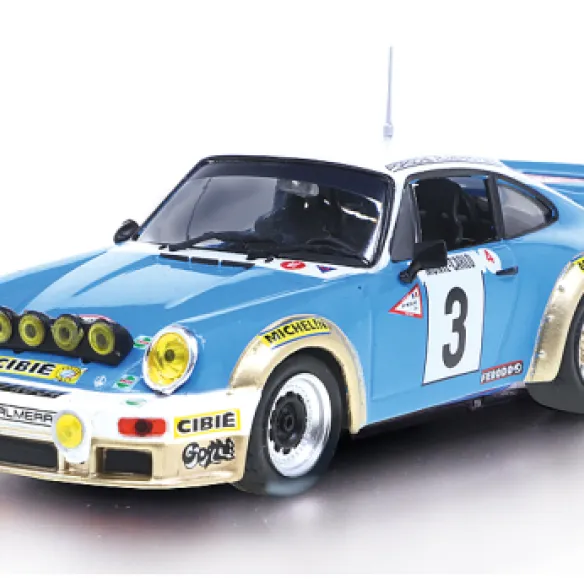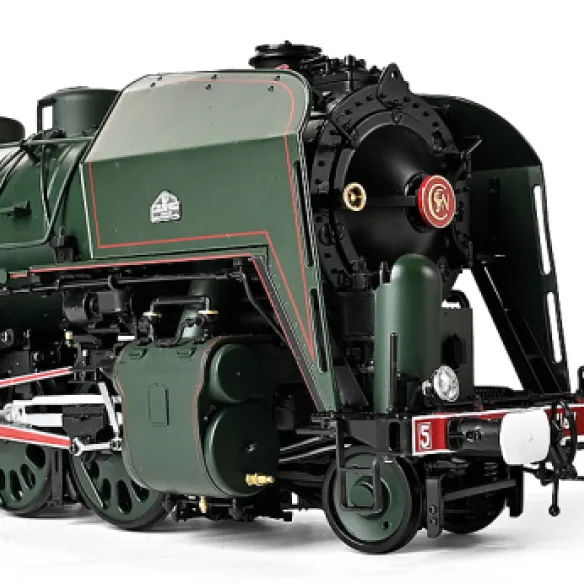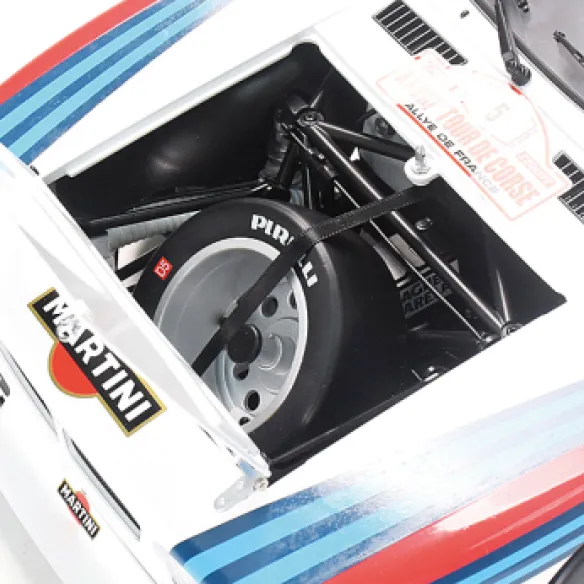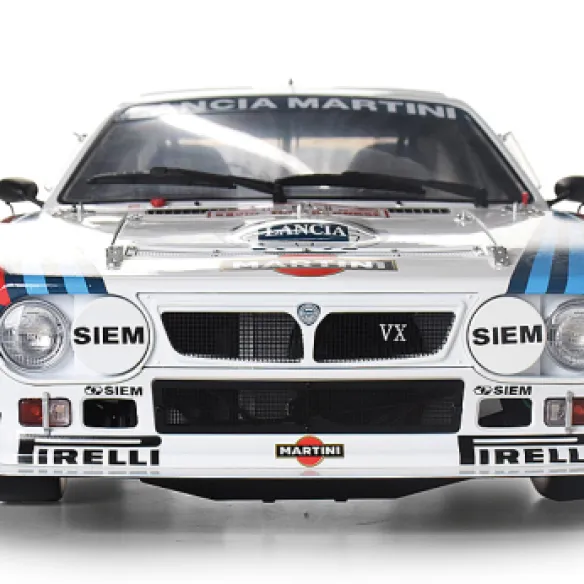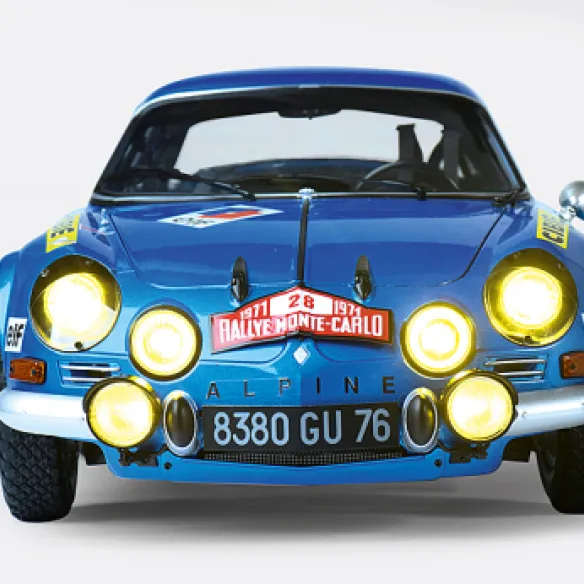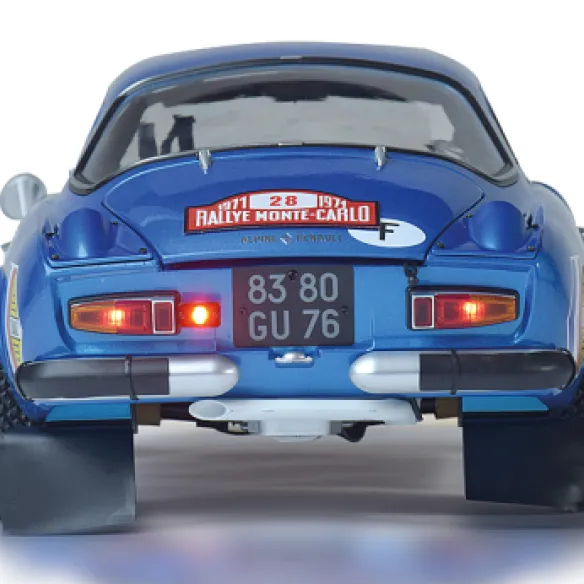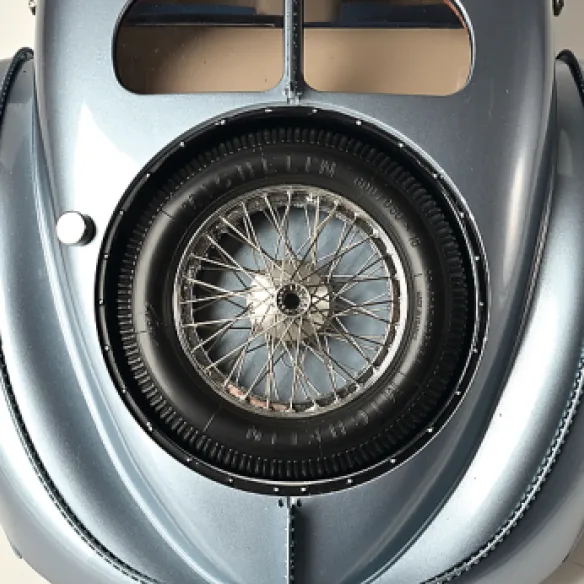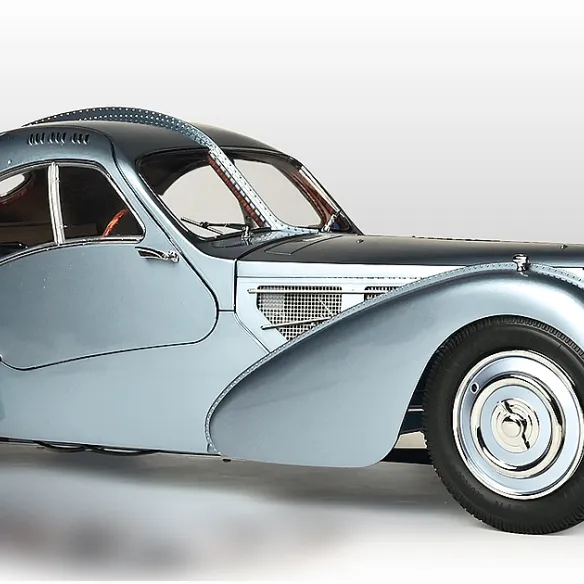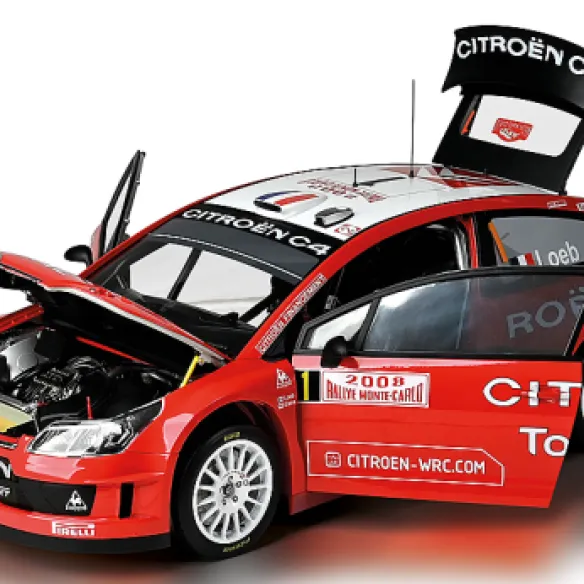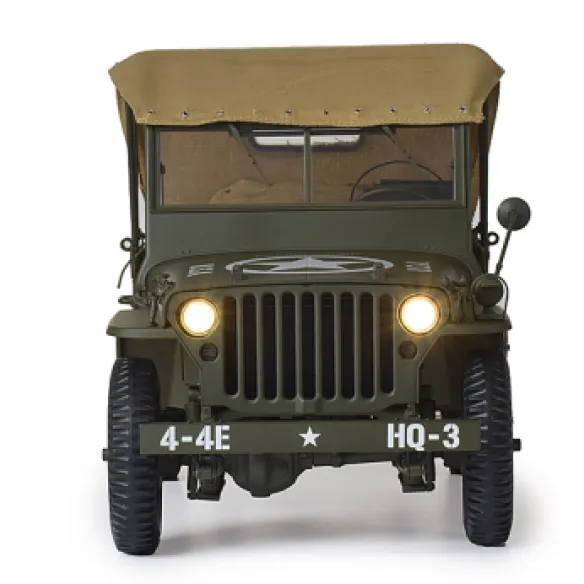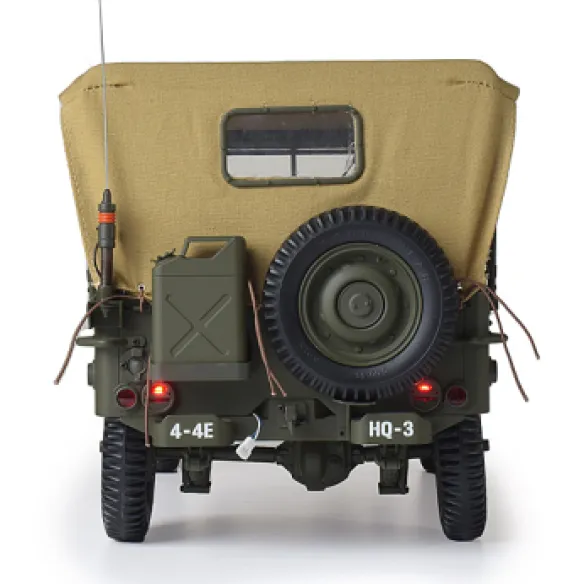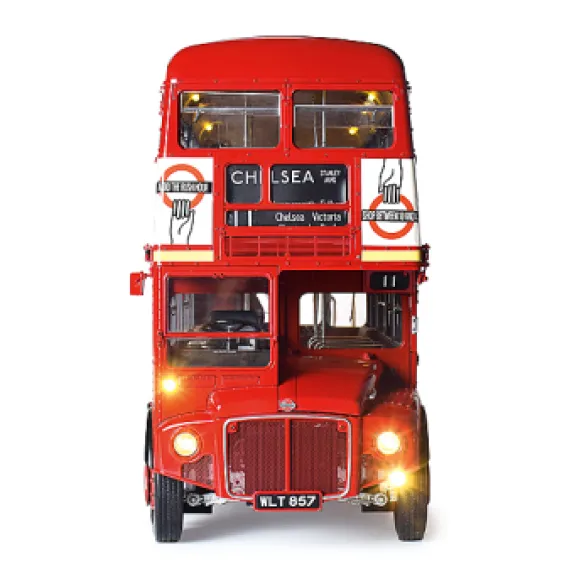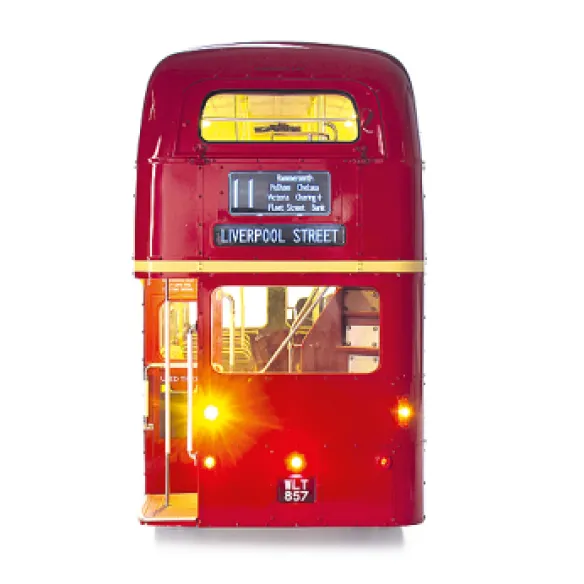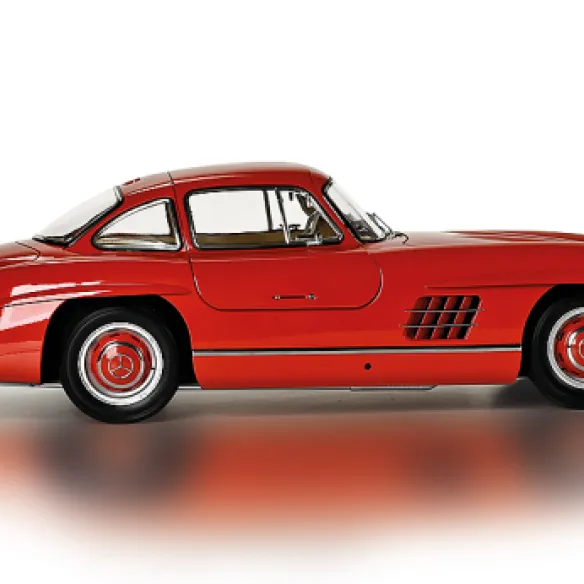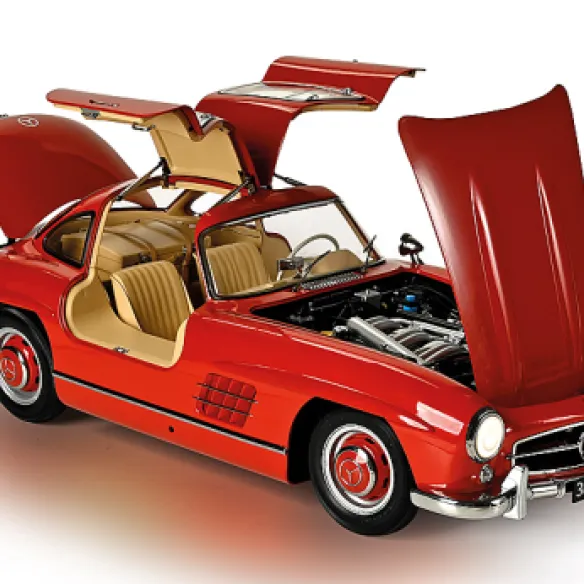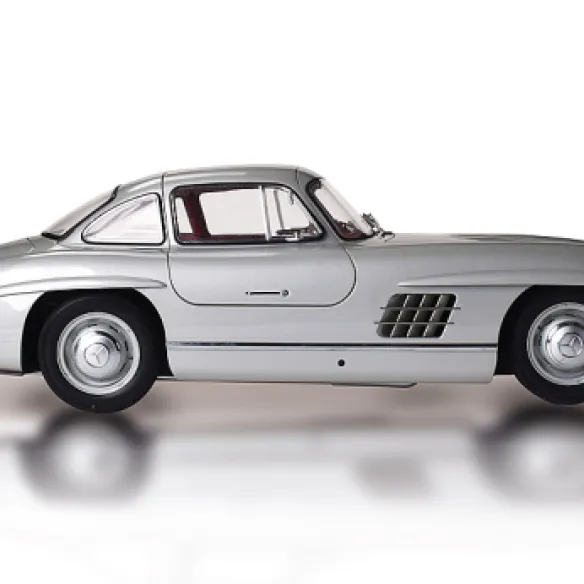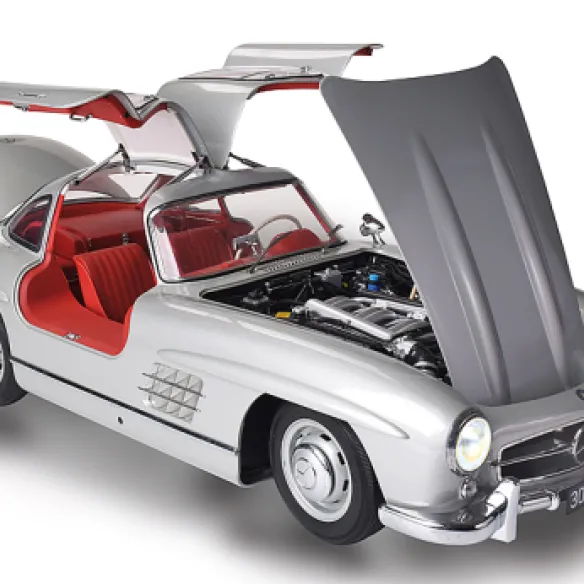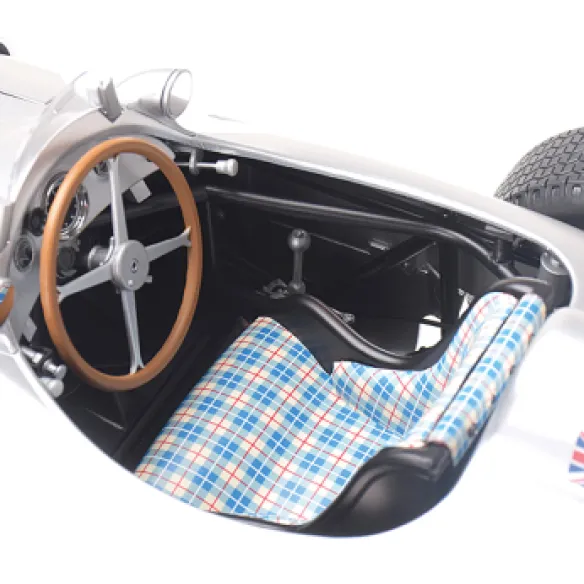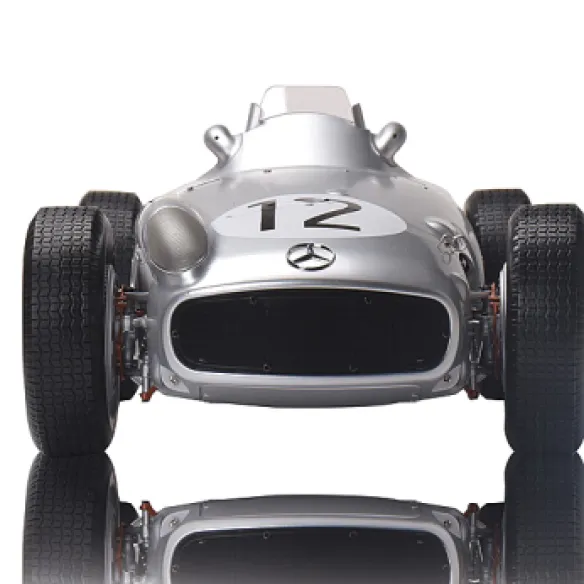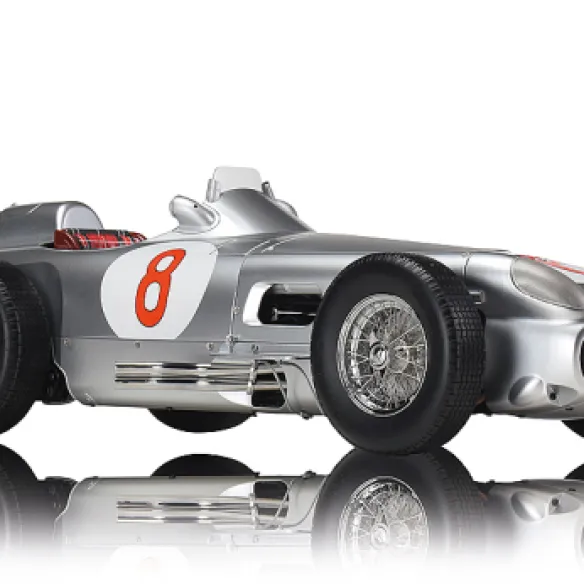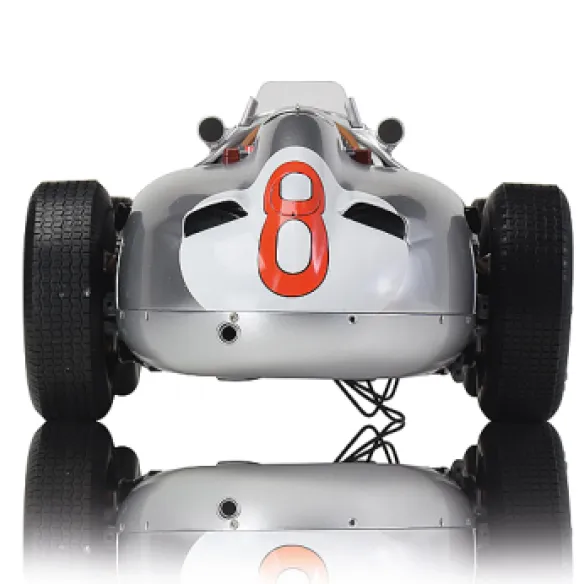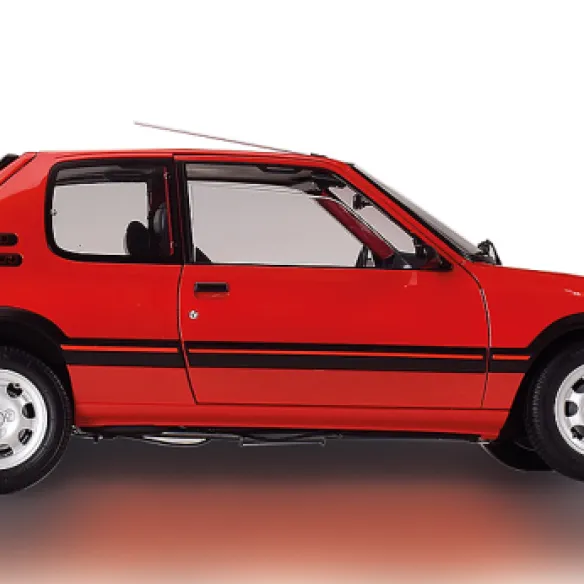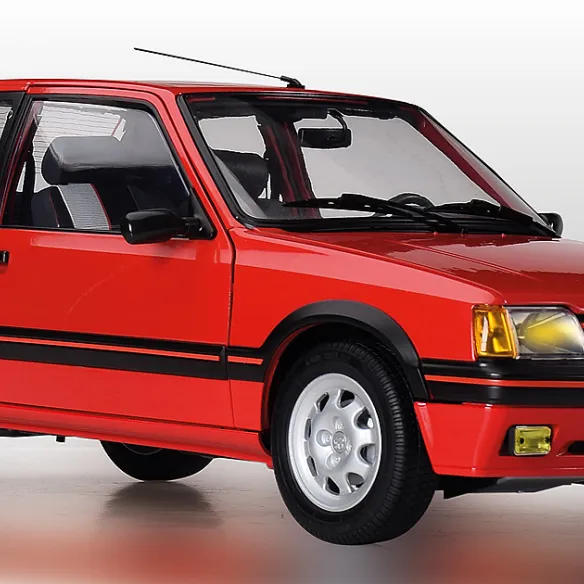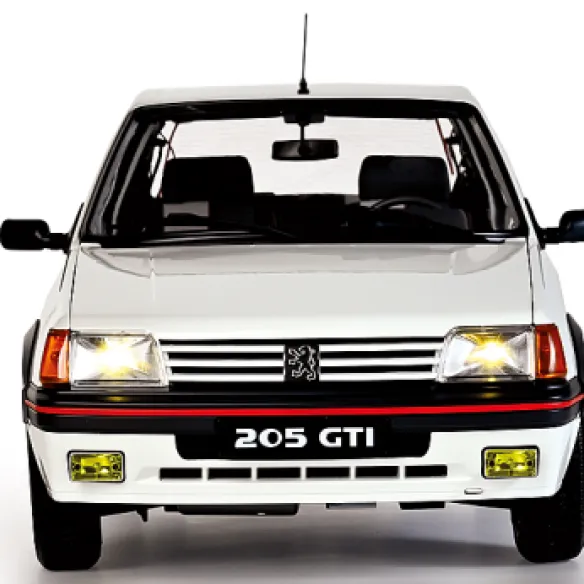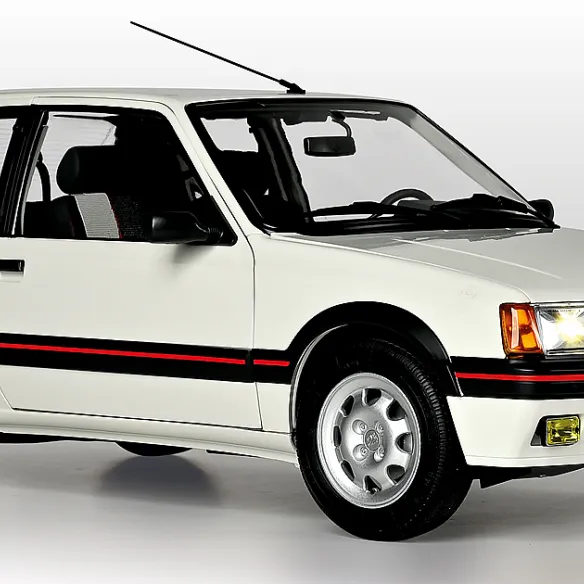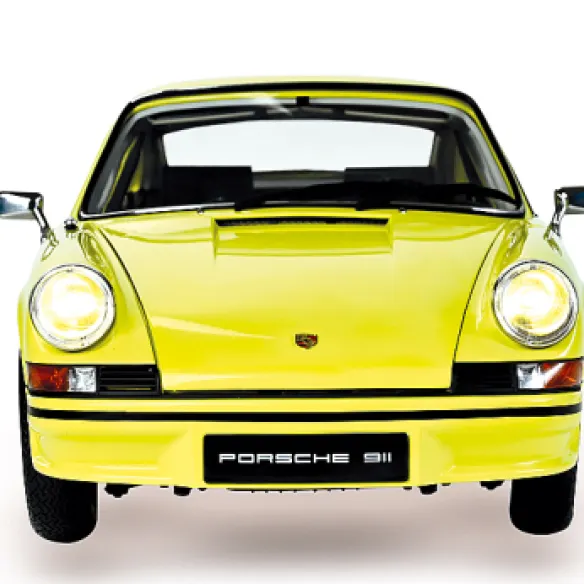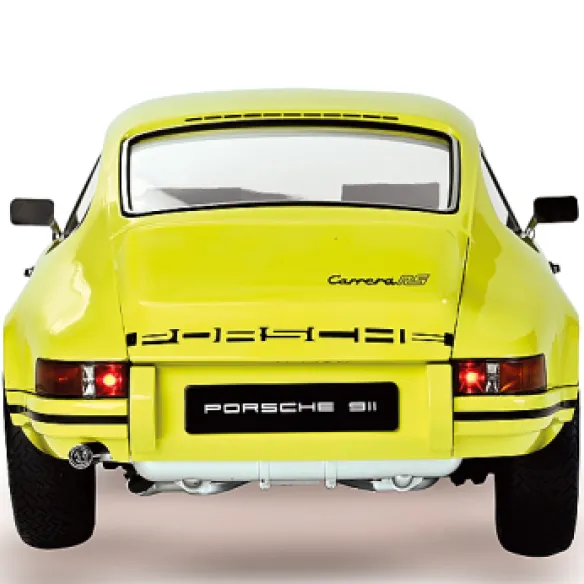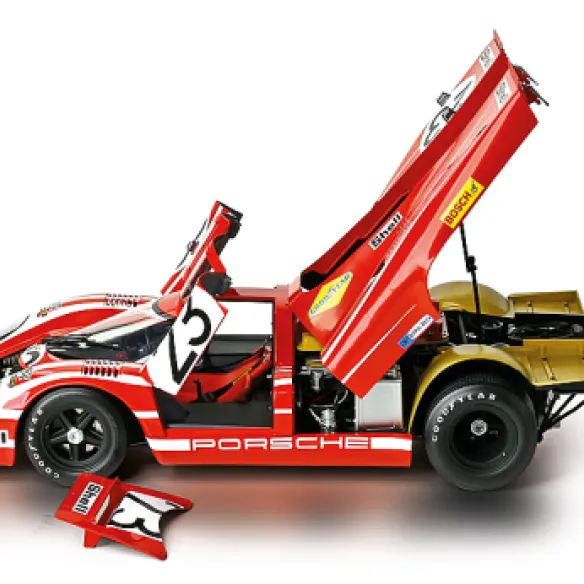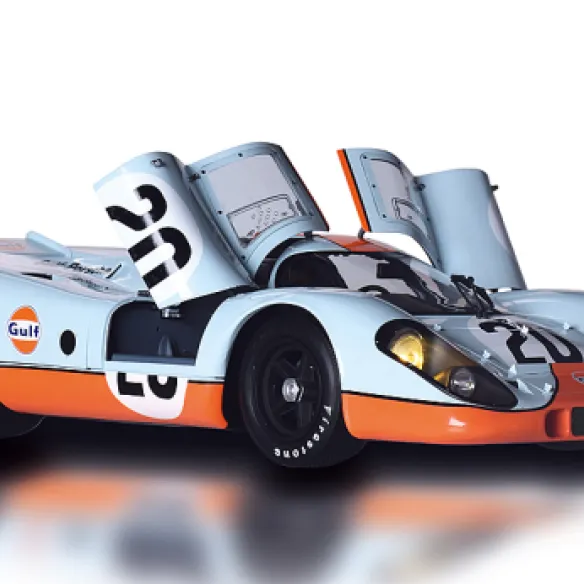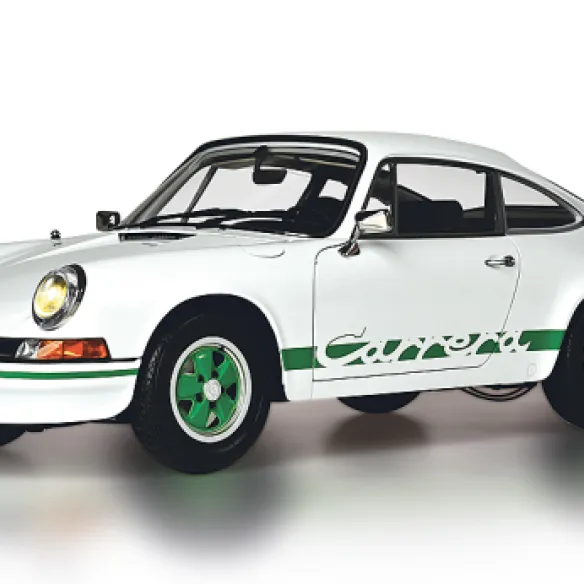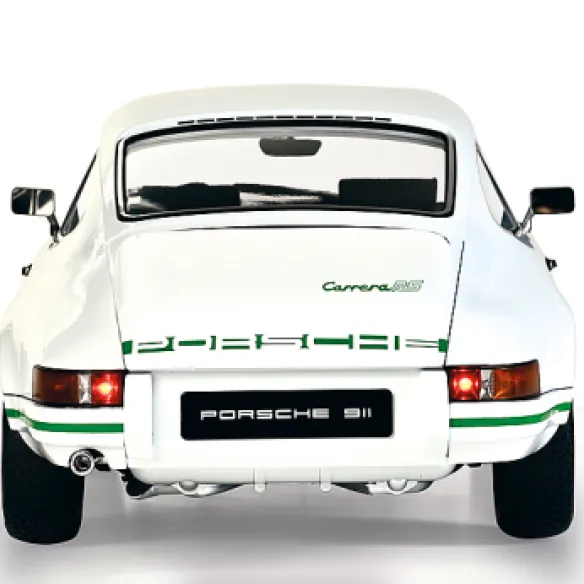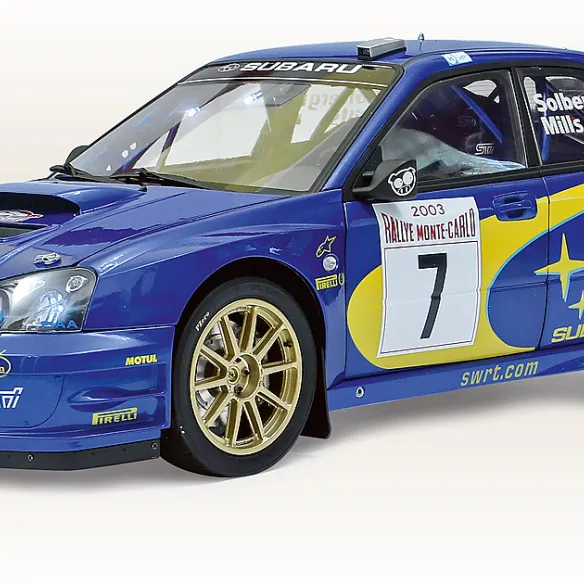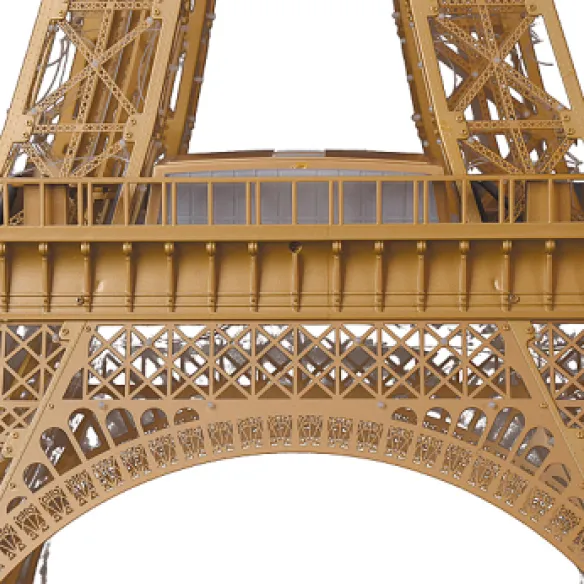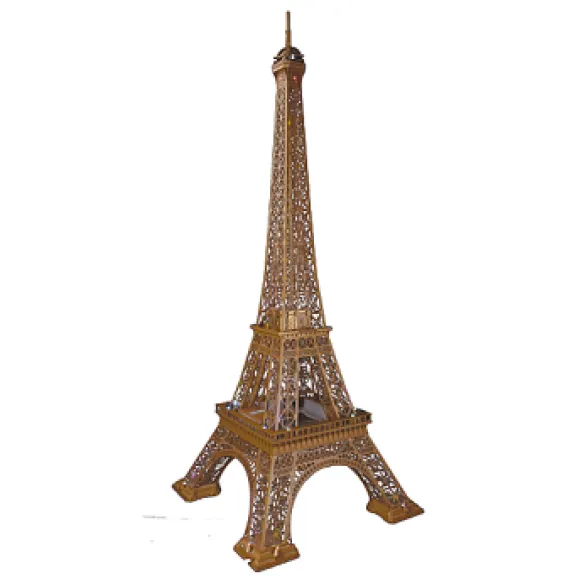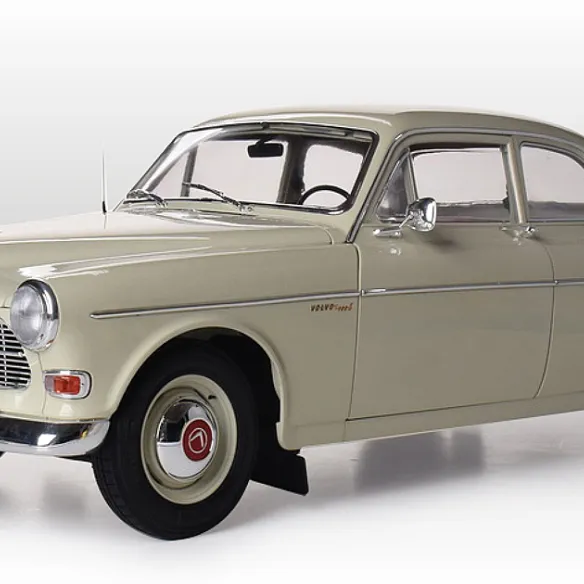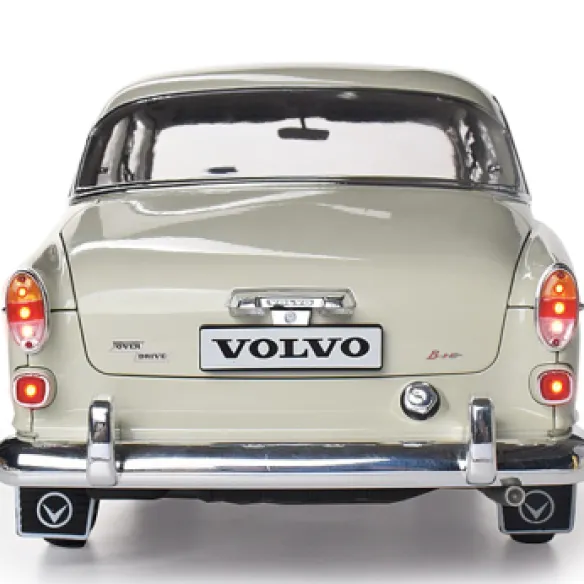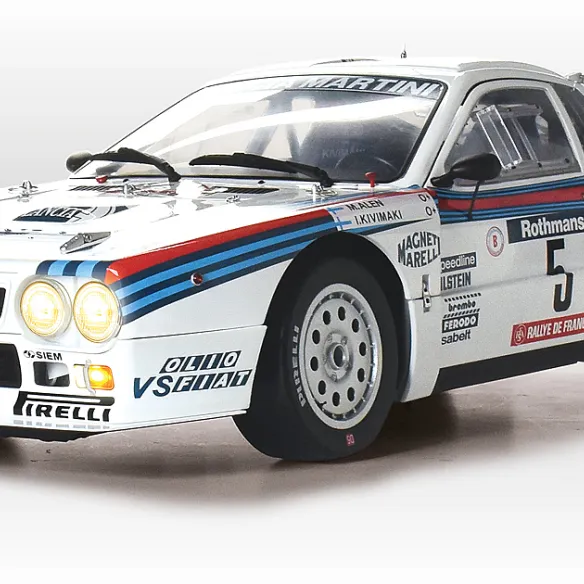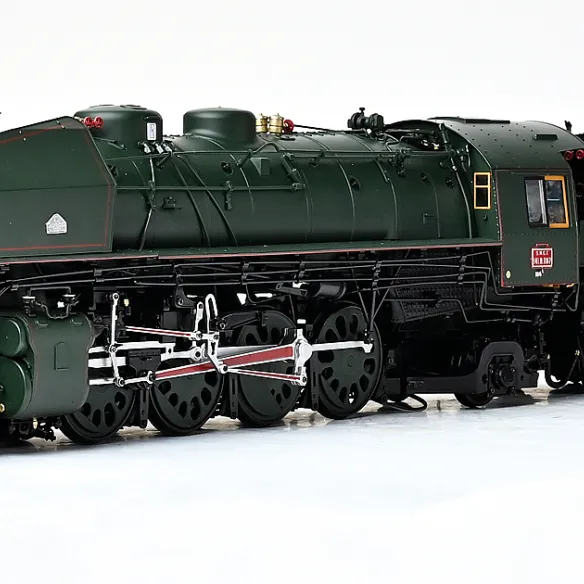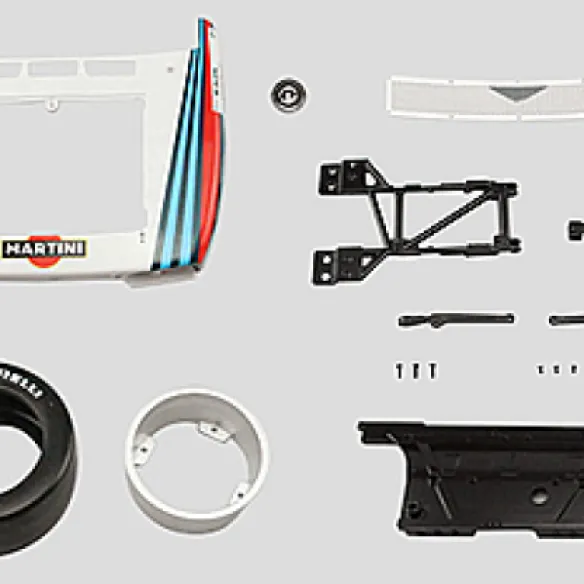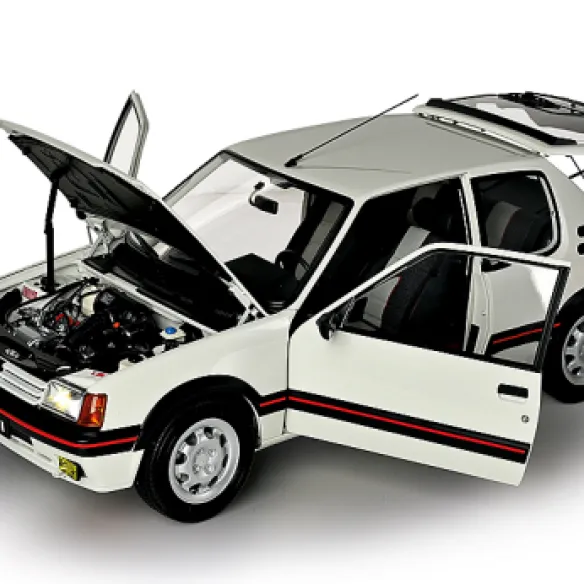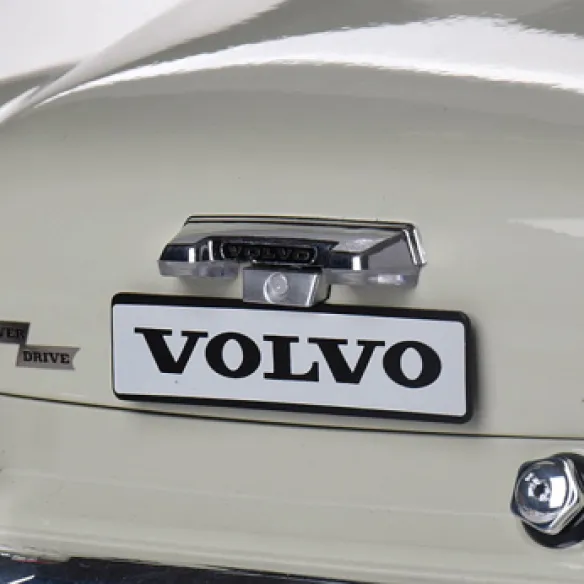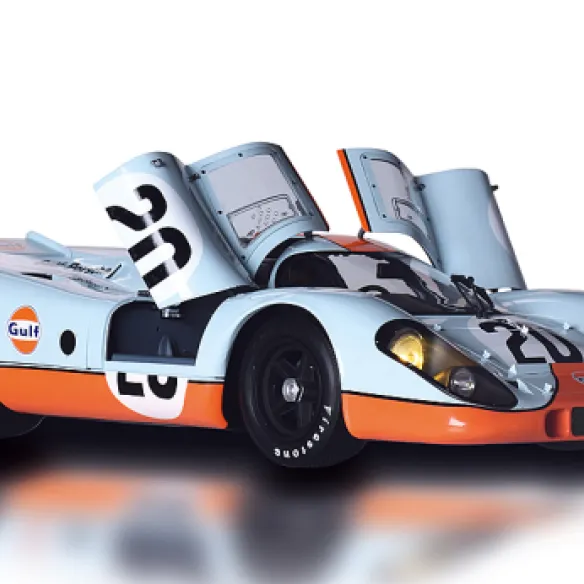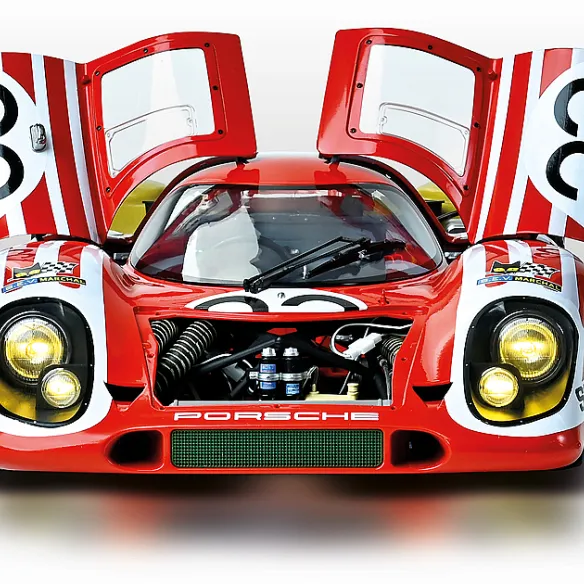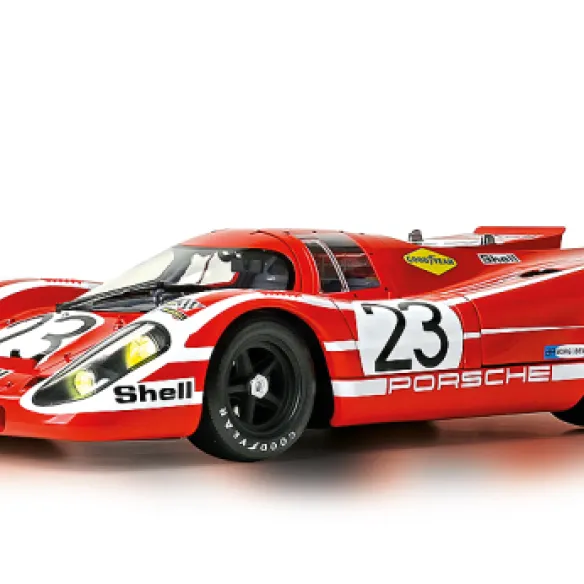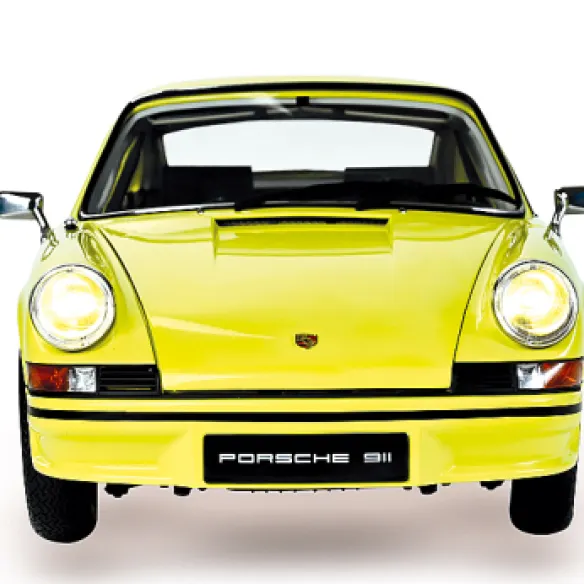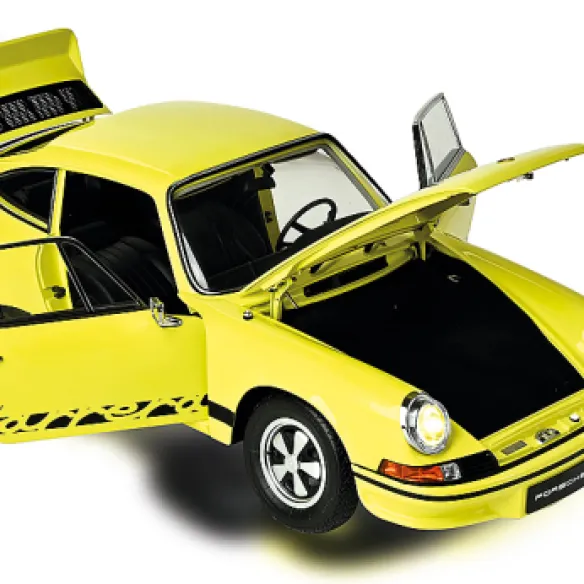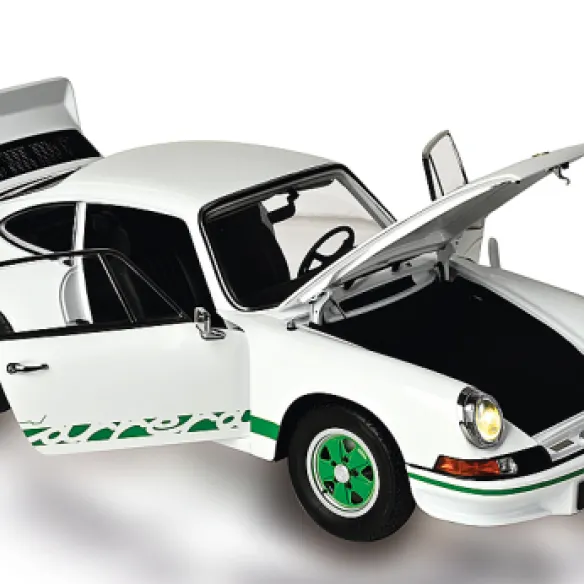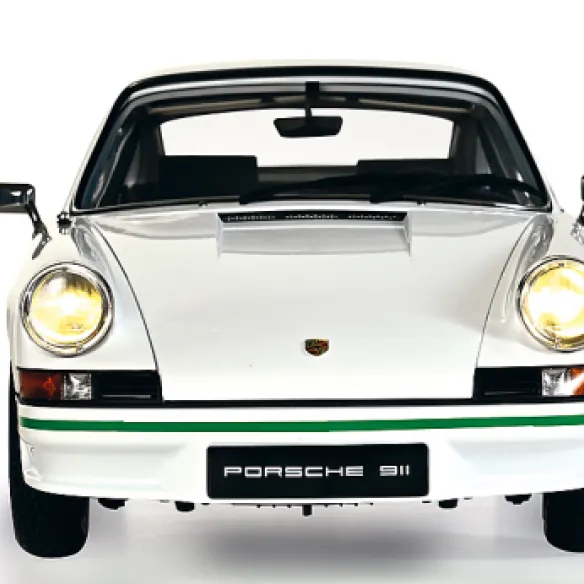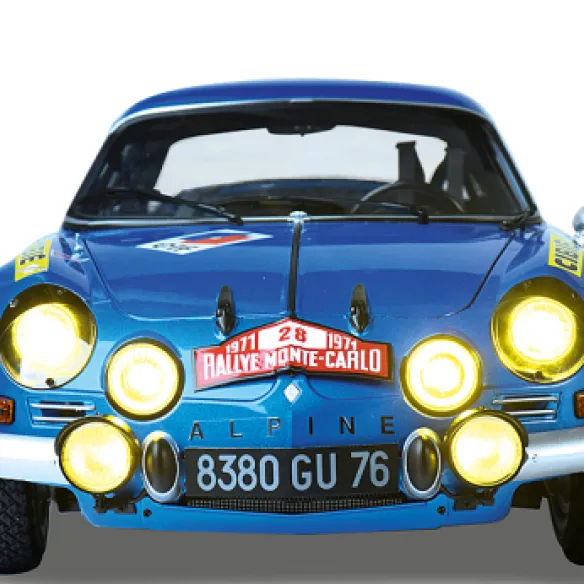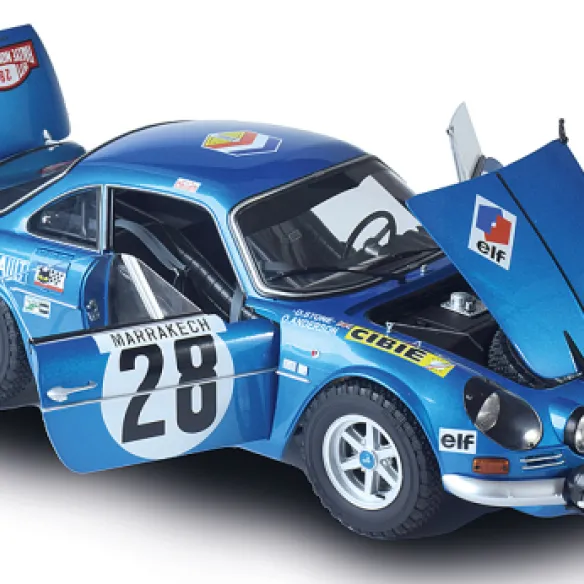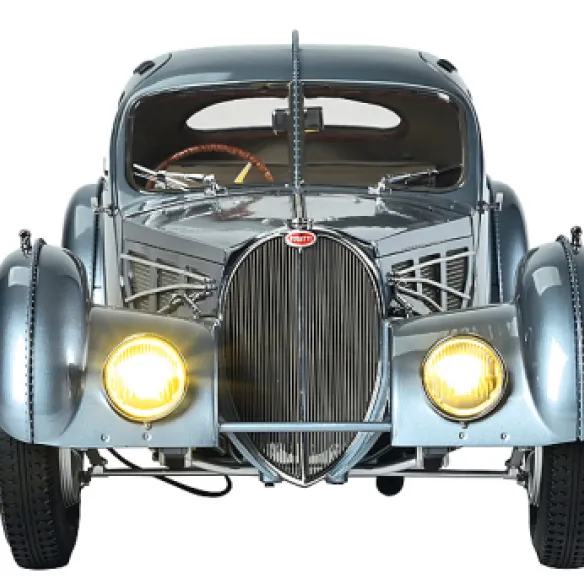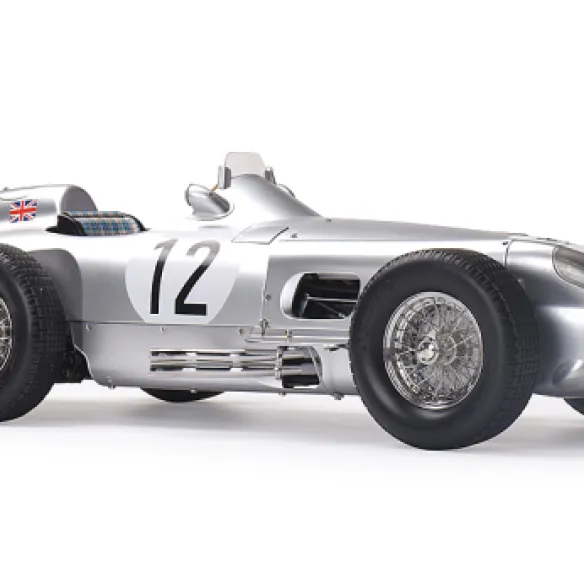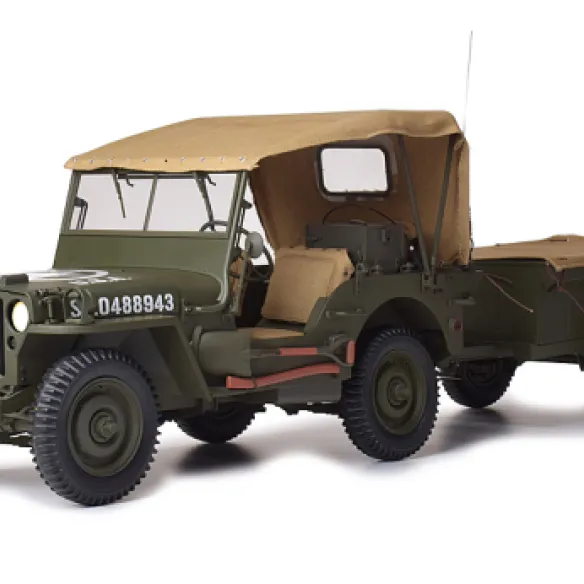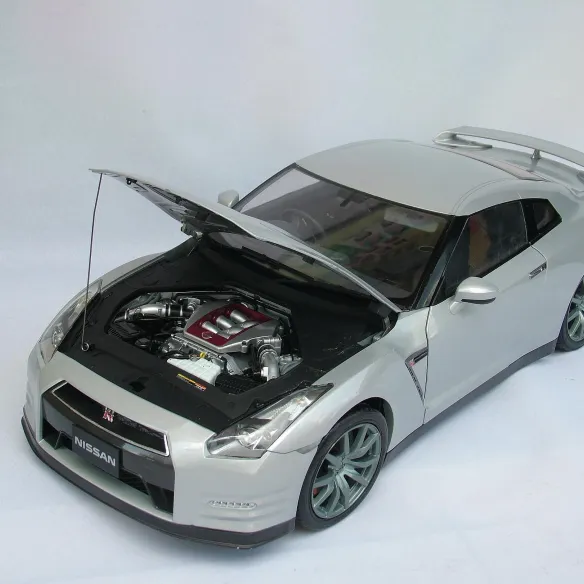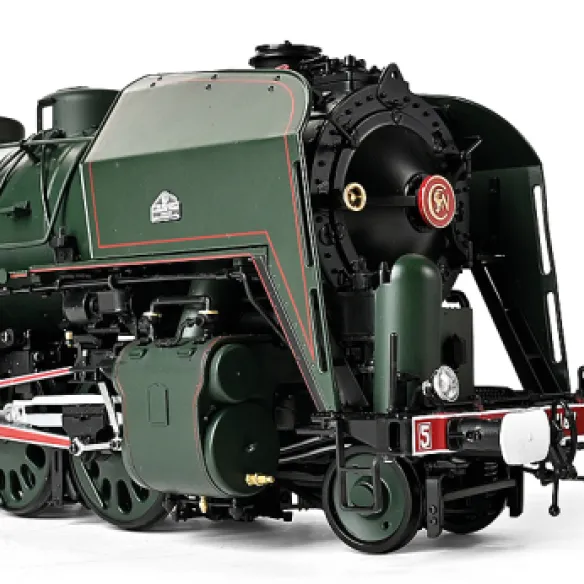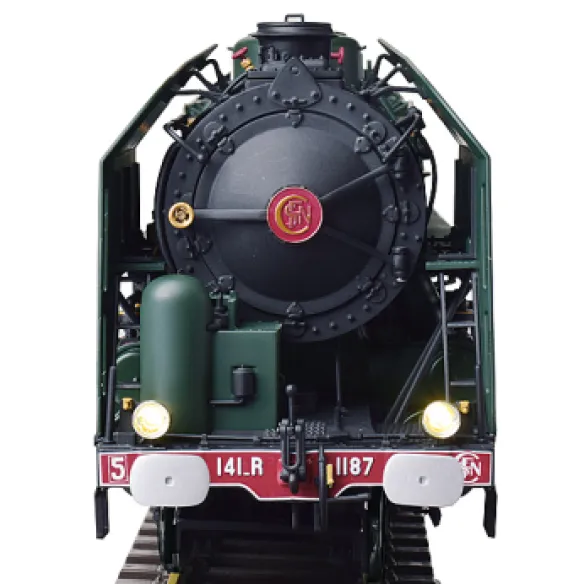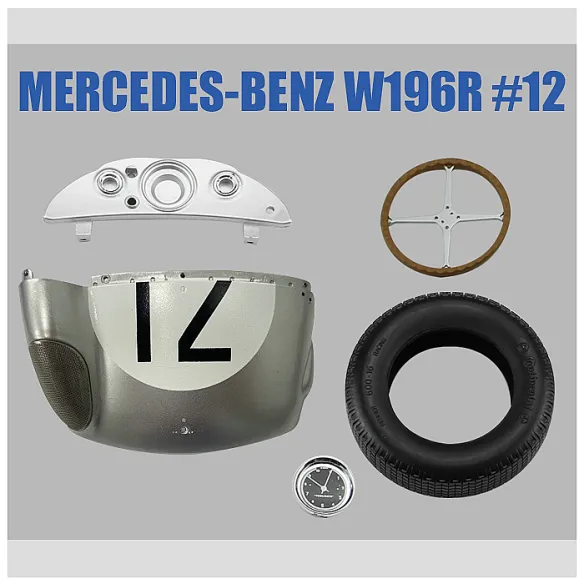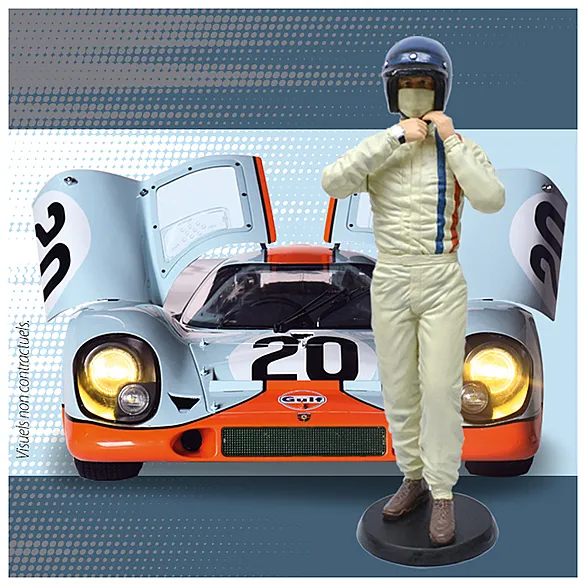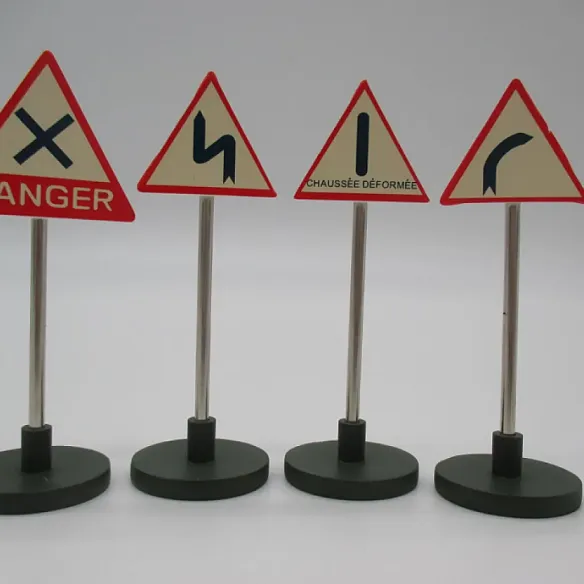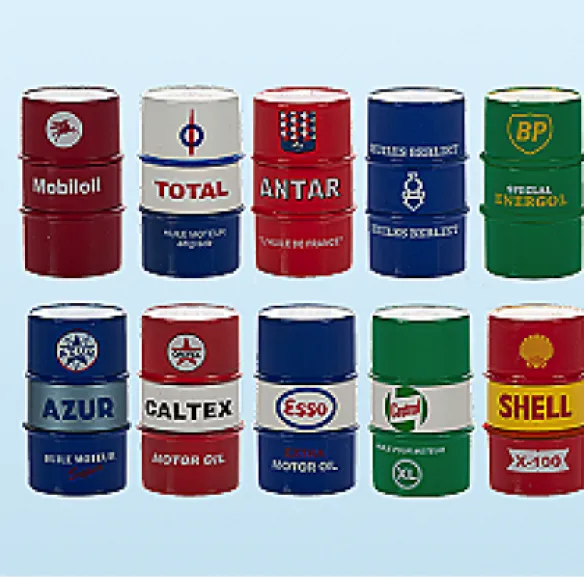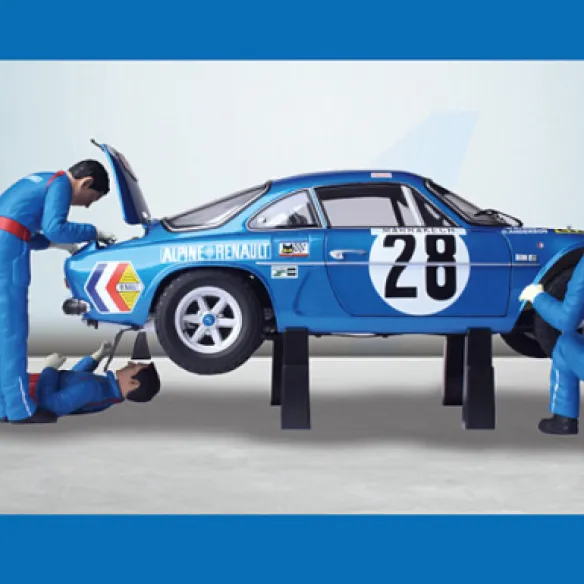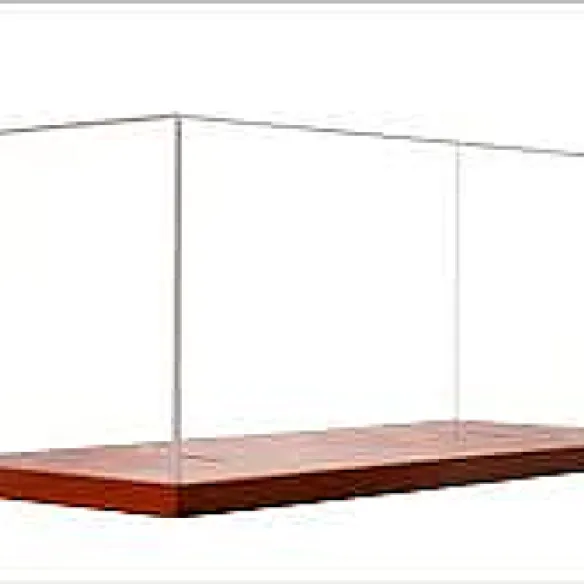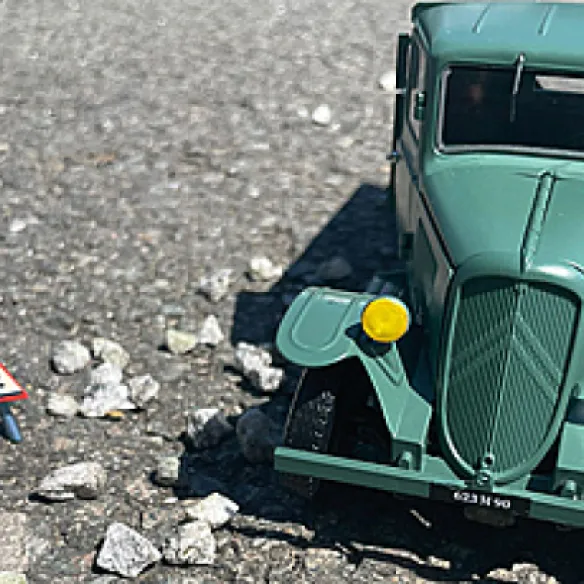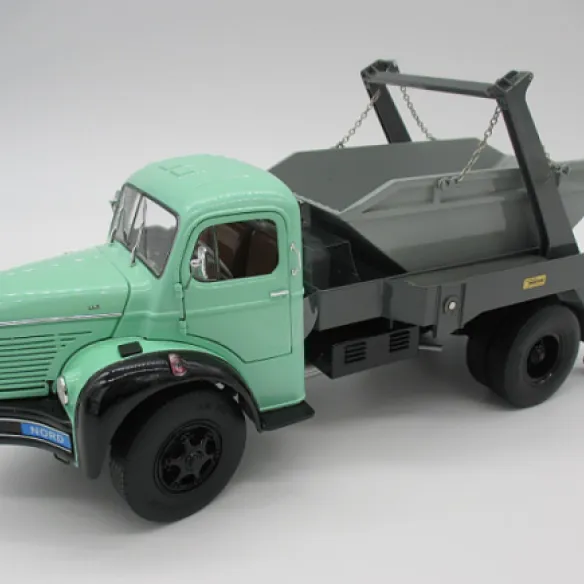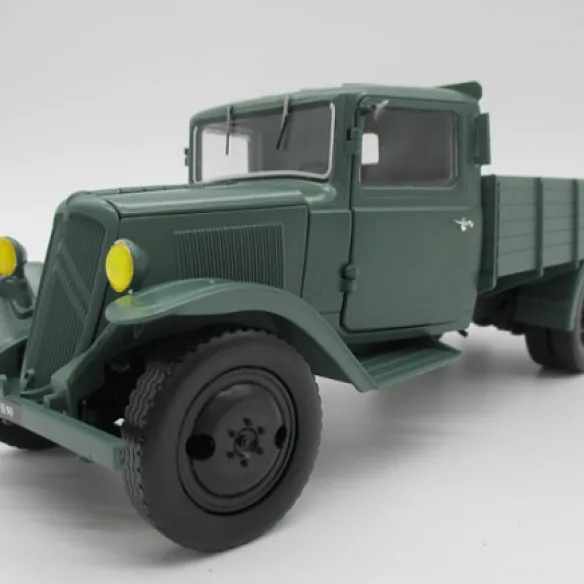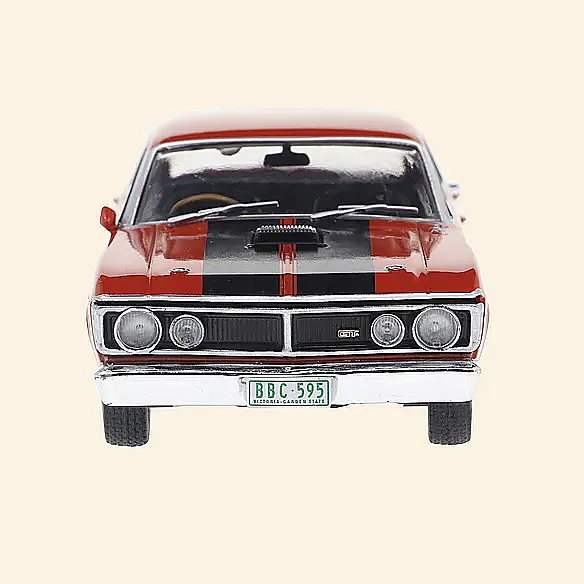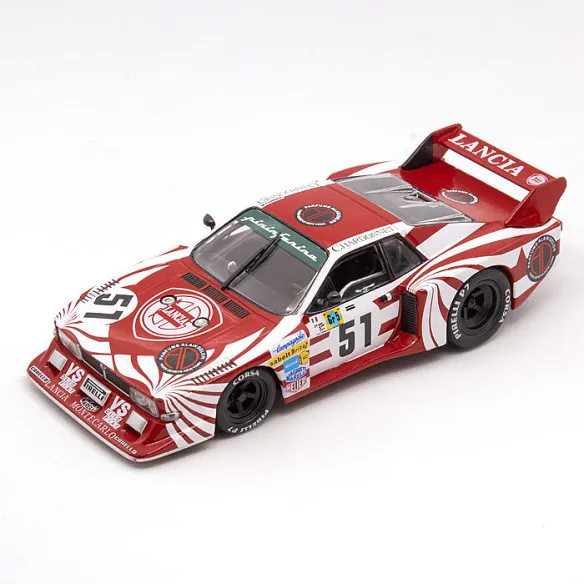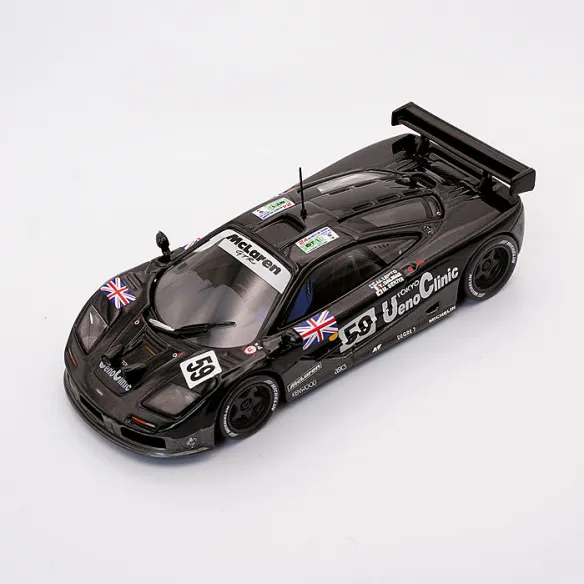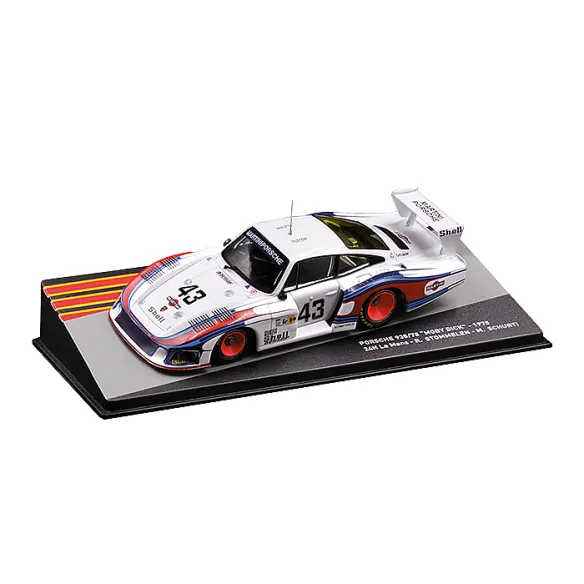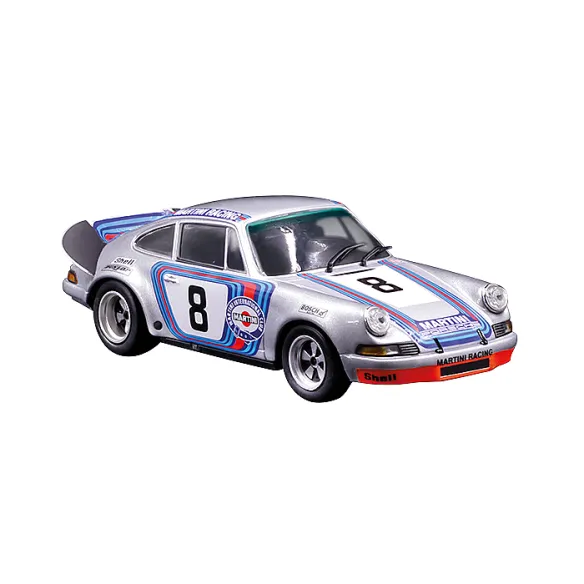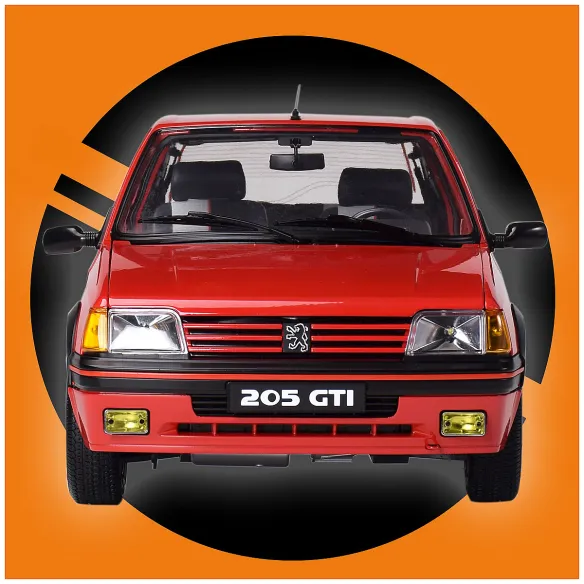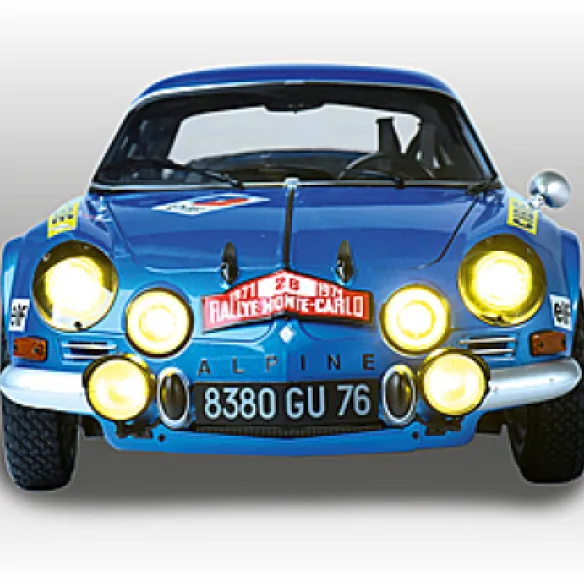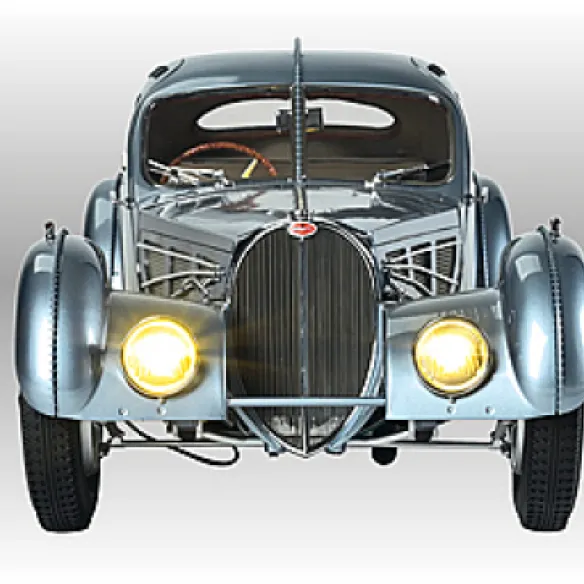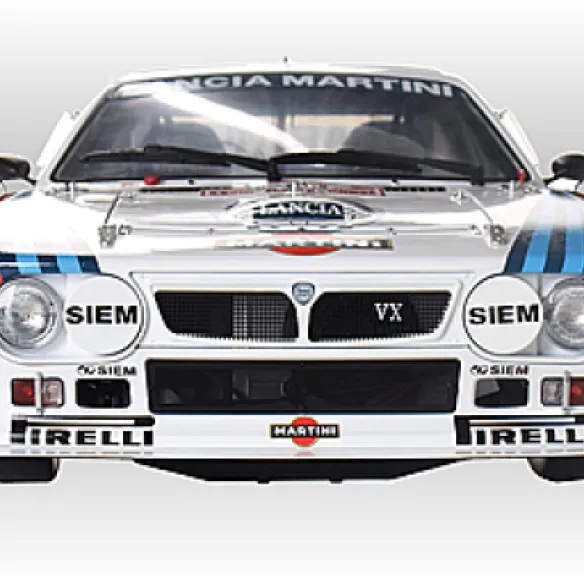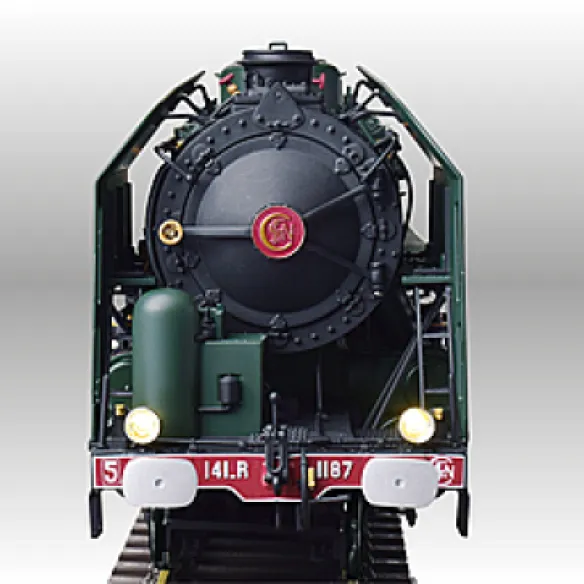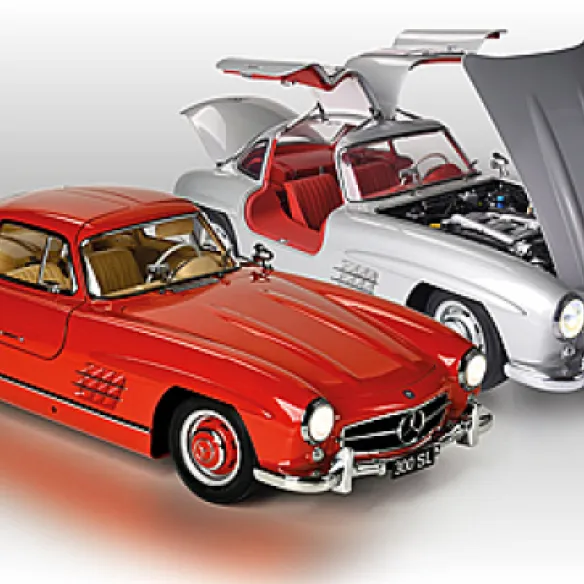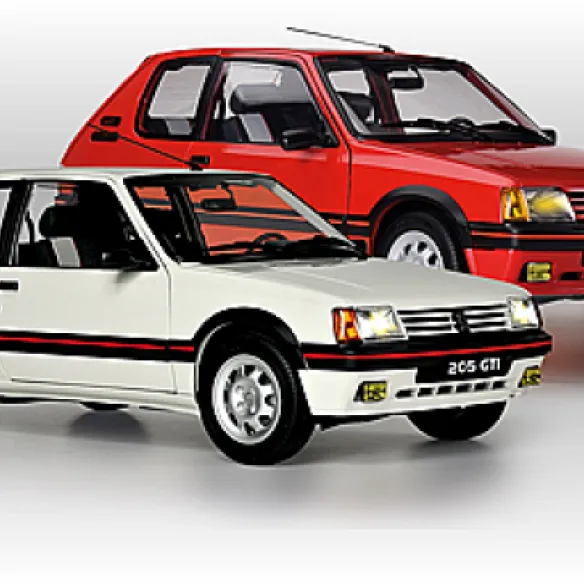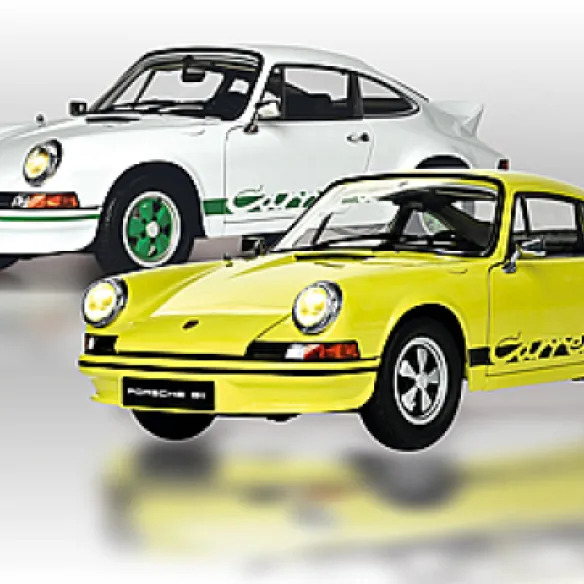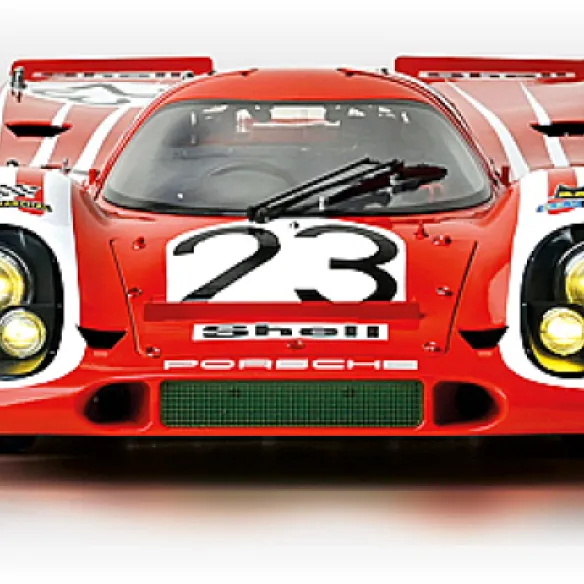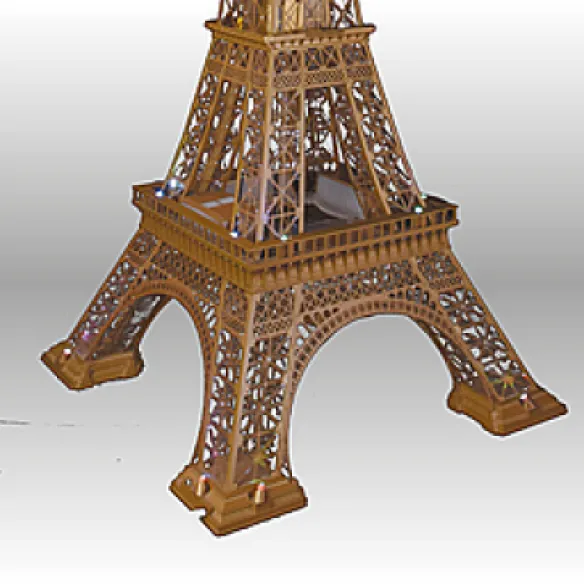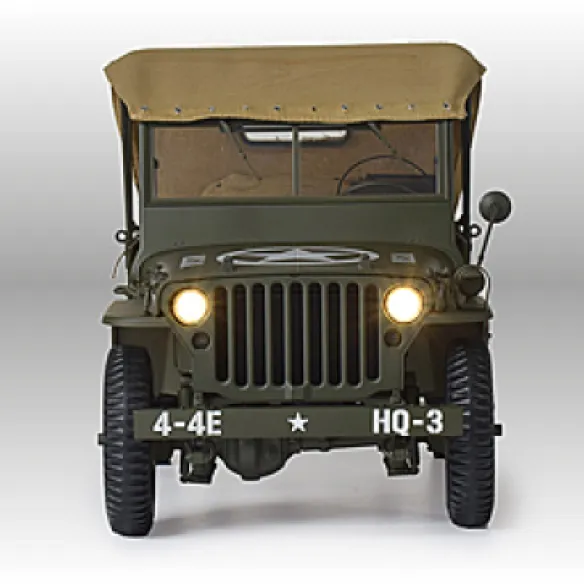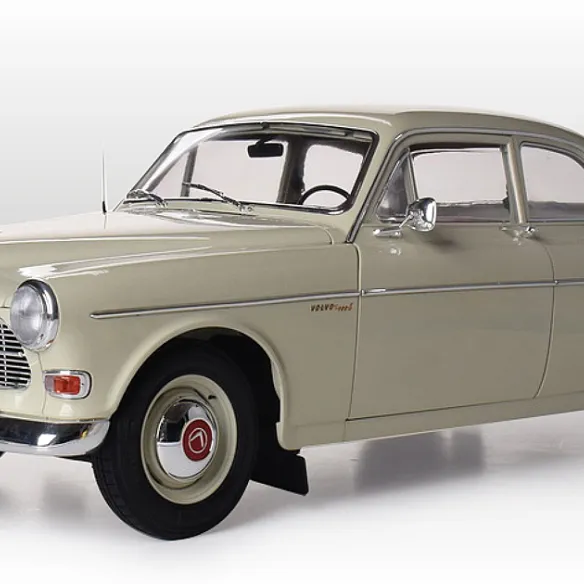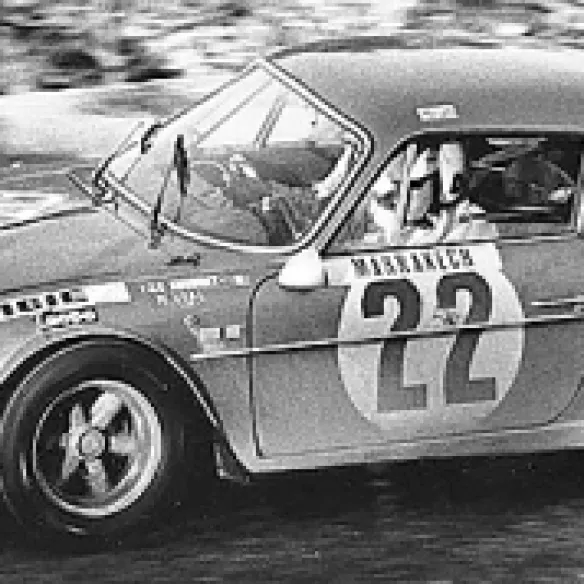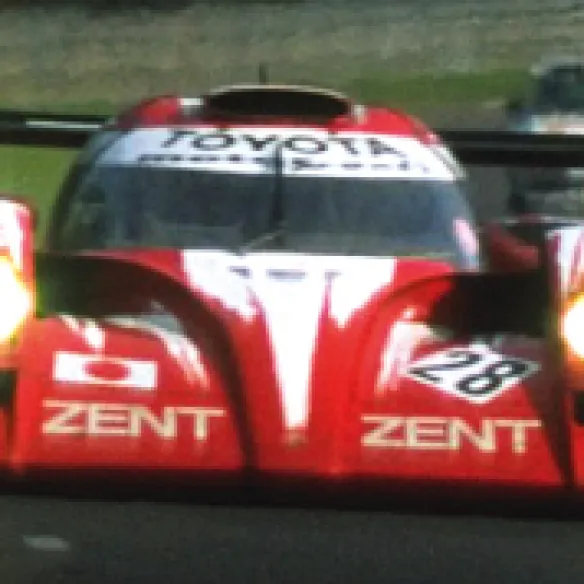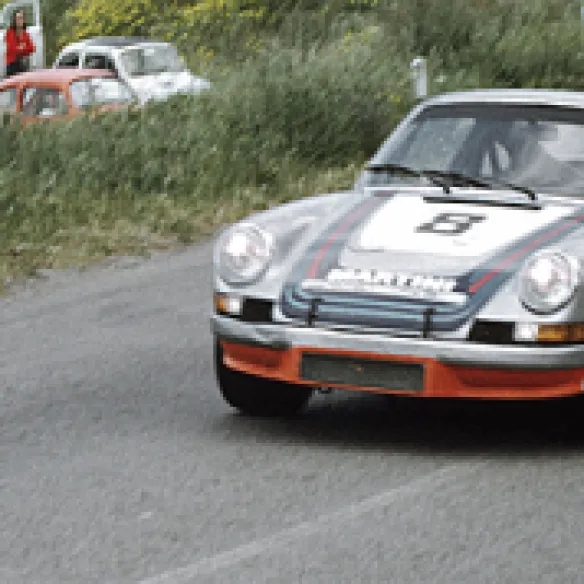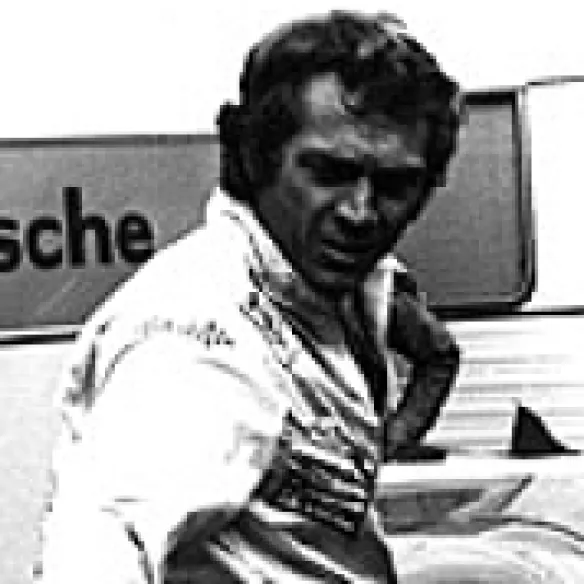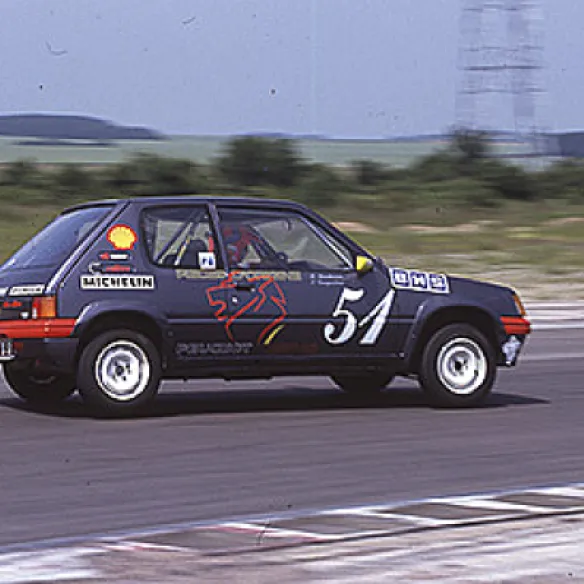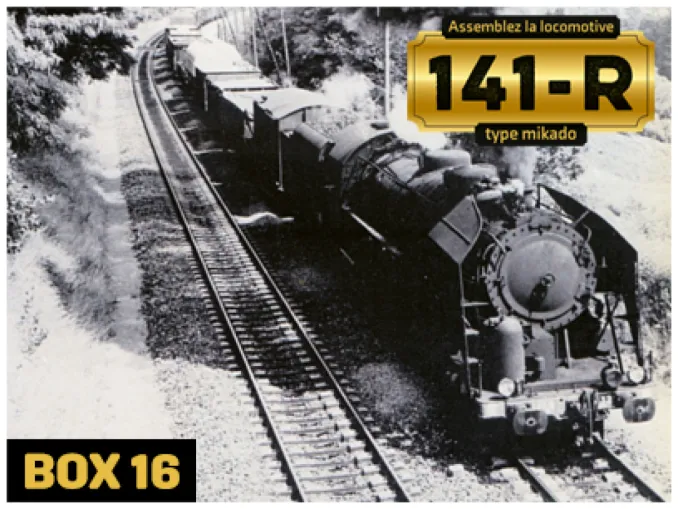
22/05/2025
THE DIFFICULT WORLD OF FREIGHT TRAINS
When they were called ‘freight trains’ in the 1960s, these trains were the image of a golden age for railways: abundant, (...)
Read moreWhen they were called ‘freight trains’ in the 1960s, these trains were the image of a golden age for railways: abundant, overloaded and enthusiastically accepted by a world that had virtually no other means of transport.
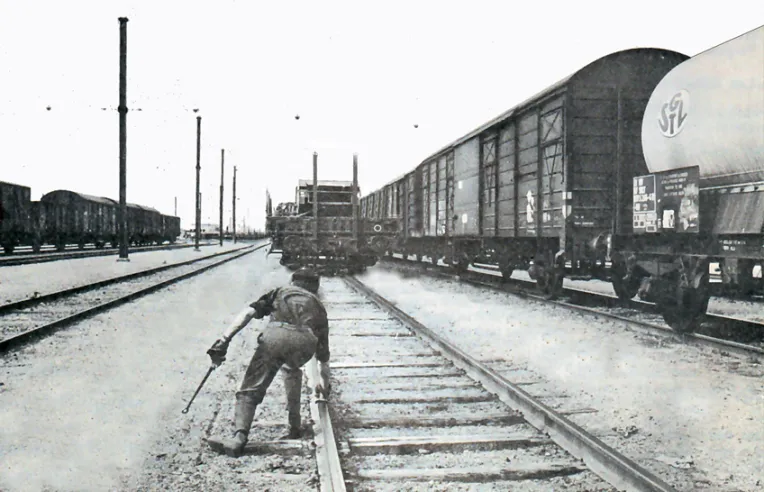
It's the 1950s. This railway worker is doing a very dangerous job in a marshalling yard. The wagons descend unhindered from the “hump”, with him having to advance ahead of them and place a metal block in front of the wheels to slow down the wagon and ensure a soft stop at the rear of the train, that is already composed and soon ready for departure.© IXO Collections SAS - Tous droits réservés. Crédits photo © Collection Trainsconsultant-Lamming
Countless freight stations loaded or unloaded wagons in “ freight yards ” where an army of horse-drawn carriages awaited them to make the “ last kilometre ” as it was not yet known. Countless broad-shouldered “stevedores” or “ haulagemen” would take care of an entire wagon in less than an hour, disturbing the silence at dawn by shouting at each other or giving powerful blows with their shovels on the floors and sides of the trucks.
From 1830 to 1914, the railways enjoyed 80 years of uninterrupted prosperity and an absolute monopoly on the inland transport of goods and passengers. But shortly before the First World War, the roads began to undermine the railways, creaming off the most profitable goods for their own benefit and leaving the rest to the railways, which were dependent on their public service obligations. After the Second World War, the railway was expected to regain its sovereignty, and orders for 1,340 141-R locomotives were placed with American and Canadian industry for this purpose.
THE CONTINUOUS GROWTH OF THE RAILWAY
Taking one of the first general statistics published by the “Revue Générale des Chemins de Fer”, founded in 1878, the annual tonnage for all the French networks in 1887 was 9,816,940,494 tonne-kilometres (a 10% increase on 1886). Gross freight revenue was 567,756,740 francs (6% up on 1886).
Over the following years, we can see that the figures never stopped growing, and the subsequent figures can be grouped together by taking significant years: in 1913, it was over 25 billion tonnes, in 1949 it was over 41 billion, in 1962 it was over 61 billion, in 1974 it was happily over 73 billion, and then tonnage began a long period of stagnation with a decline to under sixty billion tonnes. Sadly, this marked the end of the golden age of freight trains.
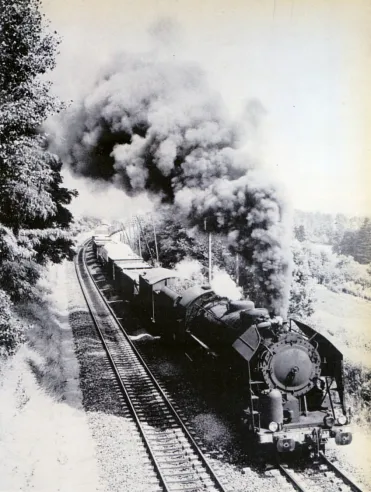
Locomotive type 141-R in action, transporting endless “RO” freight wagons. Pictured here on the ramp from St-André-le-Gaz to Chabons, in 1967.© IXO Collections SAS - Tous droits réservés. Crédits photo : Document Yves Broncard.
THE 141-R, CHAMPIONS OF FREIGHT TRANSPORT
Providing more than 80% of SNCF's revenue during the economic upturn following the Second World War, freight traffic was very important, with 37,000 wagons a day and 13482000 wagons in 1950, for example. The ‘Ordinary Regime’ (RO) accounted for around 2/3 of the volume of goods, in which the 141-Rs were particularly strong. The ‘Accelerated Regime’ (AR) was designed to reduce transport time, and required faster locomotives, so the RO had to reduce the price of transport. And that's exactly what the 141-Rs were able to do. In 1950, the heyday of the 141-R, the SNCF had 40 major marshalling yards, including two at Le Bourget and Villeneuve-St-Georges, handling between 3,000 and 4,000 wagons a day for Paris and the surrounding region. Freight trains, mainly RO, were heavy, weighing between 1,000 and 1,600 tonnes, and slow, with an average speed of 40-50 kph and a maximum speed of 75 kph. They only operated at off-peak hours and clearing the marshalling yards at the most convenient times, often at night. Made up of wagons of all sorts, towed by 141-Rs, then by electric BBs, and later by diesels, these trains embody the type of long goods train whose noise can be heard at night at major rail hubs.

Freight trains in the 1950s and 1960s were mainly made up of boxcars, ensuring that parcels could be identified and unloaded at each station, an unrewarding task. The lorry, with its flexibility and speed, would take this traffic away from the railways once and for all.© IXO Collections SAS - Tous droits réservés. Crédits photo © Collection Trainsconsultant-Lamming

The introduction of platforms at freight stations equipped with conveyor belts was an immense help for handlers, who no longer had to carry heavy loads.© IXO Collections SAS - Tous droits réservés. Crédits photo © Collection Trainsconsultant-Lamming
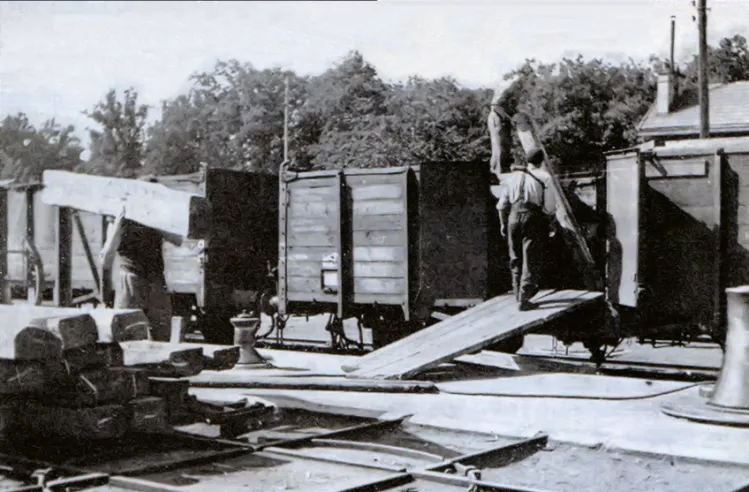
Loading and unloading of the dumpers was normally done by crane... but for more than a century, the shoulders and arms of the ‘workmen’ were often used instead.© IXO Collections SAS - Tous droits réservés. Crédits photo © Collection Trainsconsultant-Lamming
THE “ATLANTIC NORD”, TASTEMAKER OF THE ELEGANCES OF THE BELLE ÉPOQUE
Born in 1900 under the sign of the three ‘3s’, this locomotive was intended to cover a distance of 300 km in 3 hours (i.e. at an average speed of 100 km/h) at the front of a 300-tonne train. This was easily achieved on the main lines of the Northern French network towing fast trains, before being definitively replaced by the ‘Pacifics’ during the 1930s.
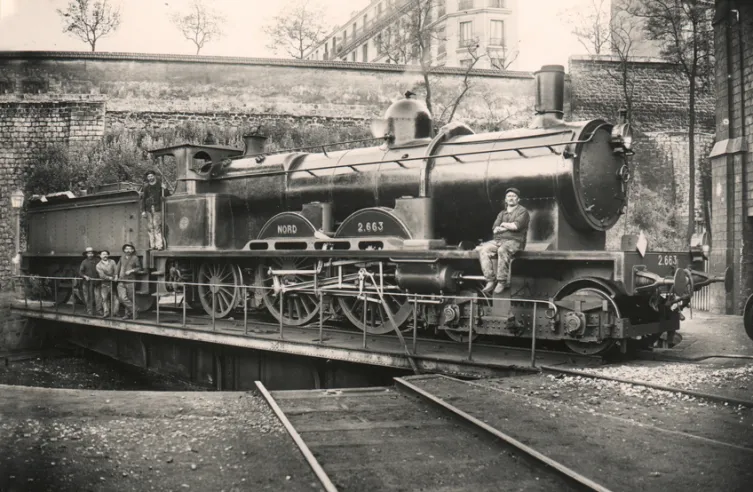
A very fine photograph of an ‘Atlantic Nord’ locomotive, No. 2.663. Series 2.643 to 2.675, seen at the La Chapelle depot around 1905, standing in front of the rue Marcadet wall in Paris.© IXO Collections SAS - Tous droits réservés. Crédit : Document Romouil - Archives du réseau du Nord.
THE STAR OF THE 1900 UNIVERSAL EXHIBITION
The Compagnie du Nord presented its new locomotive at this major event. The success was due to the elegant design of the locomotive and its superb chocolate colour with yellow stripes, which the Compagnie reserved for its speed compound machines. The wheels measured 213 mm in diameter (later 204 mm on the series production model) and the slenderness of the two drive wheels on each side added to the simple, proud elegance of this machine with its pure, clear lines.
UNPRECEDENTED PERFORMANCE
From 1902, this locomotive was to be the basis for a remarkable series of 33 speed machines. Running at average speeds of between 94 and 100 kph, with peak speeds of over 130 or even 140 kph, they performed their daily duties at the front of high-speed trains on the Paris-Amiens, Paris-Calais, Paris-Lille and Paris-St-Quentin lines. These locomotives were also responsible for the high-speed trains with prestigious names: ‘Calais-Méditerranée’, ‘Nord-Express’, ‘Oiseau-Bleu’ and ‘Flèche d'or’. The Musée Français du Chemin de fer in Mulhouse has a beautifully restored example of this series, No. 2670, which recalls one of the finest periods of steam traction in France.
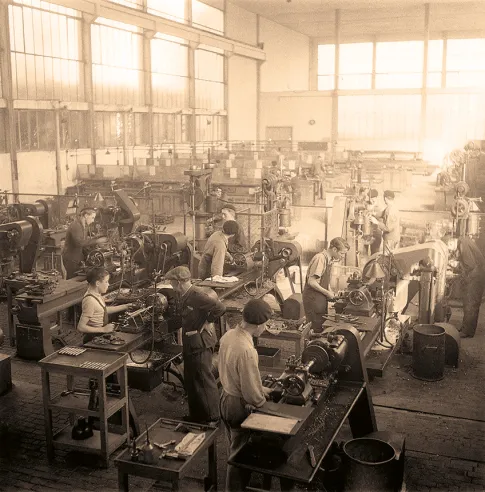
Young (and very young!) apprentices at the Moulin-Neuf apprenticeship center (North network) in the 1960s. In those days, they left elementary school and took a CAP (vocational training certificate) as fitters with the SNCF, always useful in case they weren't hired “on the railway”, which was very rare. They would then pursue a career in the workshops, even becoming drivers and then mechanics.© IXO Collections SAS - Tous droits réservés. Crédits photo © Collection Trainsconsultant-Lamming
Recent articles
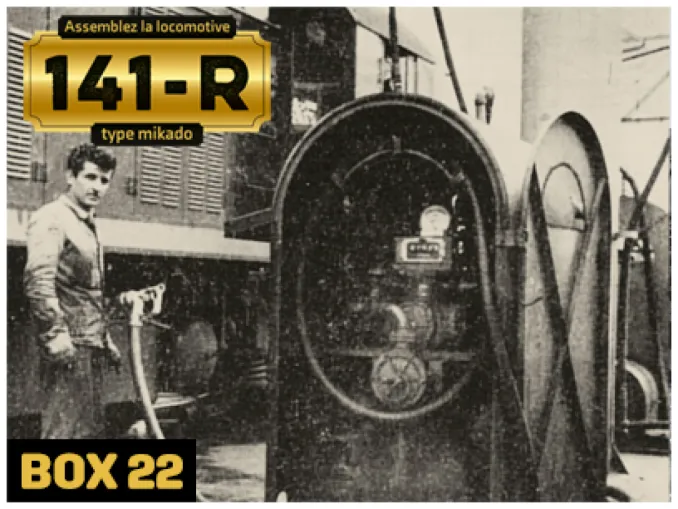
24/06/2025
The 141-R, late queens of petrol
With the 141-R, the reign of coal in France suddenly declined.
Read more
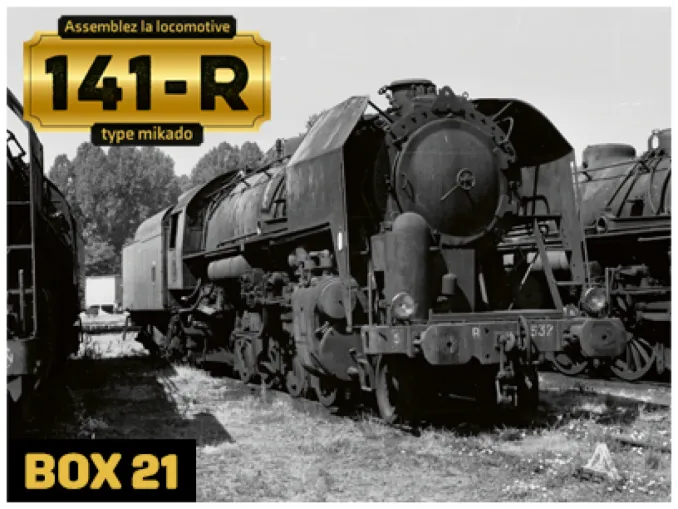
24/06/2025
The 141-R, the arrival of the second tranche
The 141-R-701 to 1340 locomotives make up the second tranche, delivered from 15 August 1946, while those in the first tranche are still being delivered.
Read more
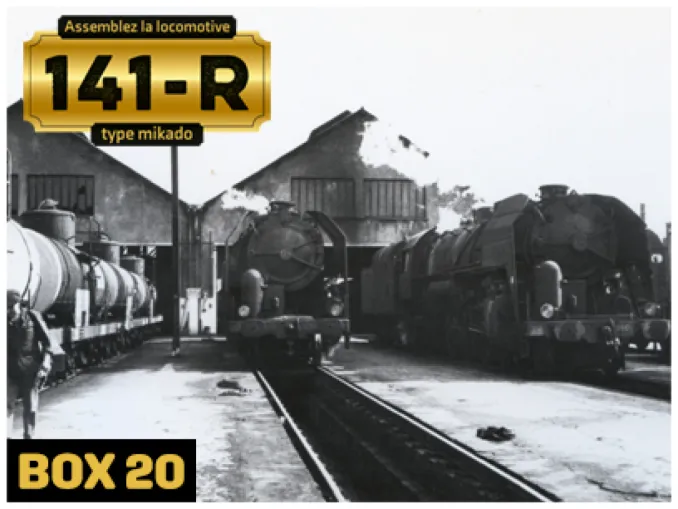
24/06/2025
THE 141-R CHANGED THE ROLE OF STAFF
These powerful, robust locomotives, imported from the United States after the Second World War, radically transformed the role of the staff at SNCF depots in terms of rail transport in France.
Read more


 English
English français
français Deutsch
Deutsch español
español italiano
italiano português
português


